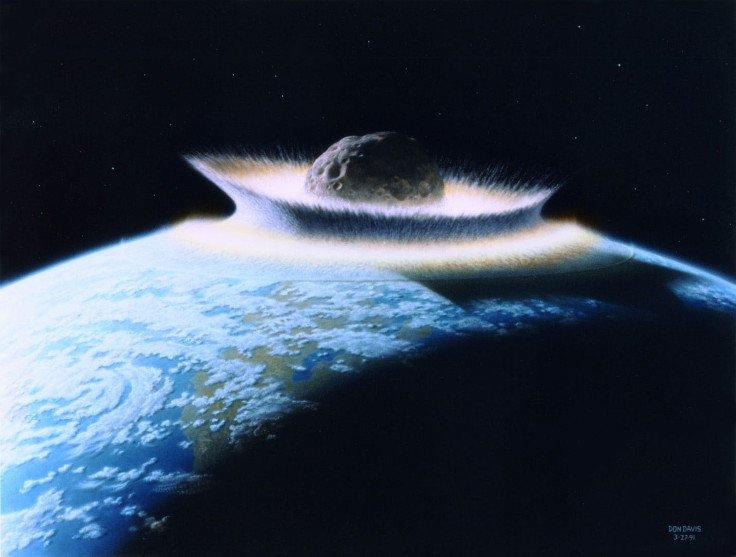CNN Pulls Doomsday Story About Asteroid On Collision Course With Earth

CNN has taken down an article describing a false doomsday scenario, in which a 10-mile-wide asteroid was said to be on a collision course with Earth in the next 30 years. The unvetted story, written by a user named Marcus575, said that NASA scientists put the odds of an impact at 1 in 2.04.
The bogus article was posted on CNN iReport, its citizen journalism section. A spokeswoman for the NASA Jet Propulsion Laboratory in Pasadena, California said the article is false. A contributing writer on the Massachusetts Institute of Technology’s Knight Science Journalism website also lampooned the erroneous nature of the report. The author said that the only plausible item in the doomsday article is a NASA project called the Near-Earth Object Wide Field Infrared Survey Explorer (NEOWISE), which really exists. (The report, which said that NEOWISE spotted the giant asteriod, listed the date of impact with Earth as March 35, 2041.)
The space telescope was first launched in 2009 as the Wide-field Infrared Survey Explorer (WISE) but placed into hibernation in 2011. NASA resurrected WISE and now uses the space telescope as an asteroid and comet hunter searching for potential impact threats.
Soon after the story was published, CNN iReport producer David Williams, under his handle, davidw, added a note: "NASA has confirmed via email that this story is false. A spokeswoman for the Jet Propulsion Laboratory says that the largest object detected by NEOWISE measures 3 km in diameter and poses no risk to Earth. The iReport has been removed."
Though CNN has pulled the article, other websites and blogs have continued to run it. Keith Cowing, editor and webmaster of NASA Watch, which isn't affiliated with NASA, said that the fake report was removed after 24 hours but not before landing more than 233,939 views and 23,000 shares.
According to Knight Science Journalism, the article appears to have been a prank to raise awareness about bad, or sensational, science journalism. Asteroid threat articles are quickly shared and attract the attention of a large audience so media outlets are quick to cover any doomsday scenario -- no matter how unlikely the threat is to Earth.
Most recently, the blood moon prophecy attracted widespread media attention. A set of four lunar eclipses, beginning in April, led to some discussion about the “end of days” and chances are the prophecy will gain new popularity around the next total lunar eclipse, which will occur on Oct. 8, 2014.
© Copyright IBTimes 2024. All rights reserved.






















